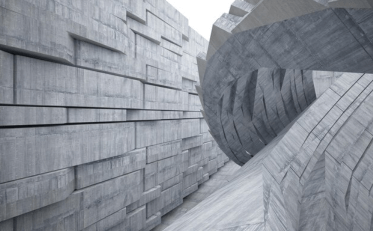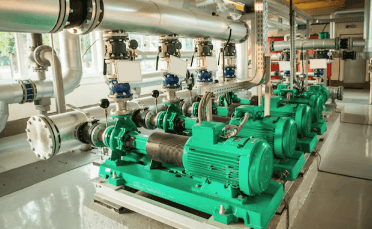Question
a.
Agree
b.
Disagree
c.
Can't say
d.
None of these
Posted under Mechanical Engineering
Interact with the Community - Share Your Thoughts
Uncertain About the Answer? Seek Clarification Here.
Understand the Explanation? Include it Here.
Q. The efficiency ratio is the ratio of total useful heat drop to the total isentropic heat drop.
Similar Questions
Explore Relevant Multiple Choice Questions (MCQs)
Q. The purpose of governing in steam turbines is to
View solution
Q. De-Laval turbines are mostly used
View solution
Q. The velocity of steam, in reaction turbines, is increased in the fixed blades as well as in moving blades.
View solution
Q. The critical pressure ratio for gases is
View solution
Q. The efficiency of a pressure-velocity compounded impulse turbine is __________ as compared to pressure compounded impulse turbine.
View solution
Q. The effect of supersaturation is that the
View solution
Q. The effect of friction on the flow of steam through a nozzle is to
View solution
Q. The ratio of the workdone on the blades per kg of steam to the total energy supplied per stage per kg of steam is called
View solution
Q. The diagram efficiency is the ratio of
View solution
Q. The Rankine efficiency depends upon total useful heat drop and total isentropic heat drop.
View solution
Q. Blading efficiency is also known as
View solution
Q. The pressure of steam, in reaction turbines, is reduced in the fixed blades as well as in moving blades.
View solution
Q. A single stage impulse turbine with a diameter of 1.2 m runs at 3000 r.p.m. If the blade speed ratio is 0.42, then the inlet velocity of steam will be
View solution
Q. In a De-Laval impulse turbine, the nozzle is kept very close to the blades.
View solution
Q. The flow of steam is super-sonic
View solution
Q. The pressure of steam at throat of a steam nozzle is called critical pressure.
View solution
Q. For maximum efficiency of an impulse turbine, the steam should leave the blades at right angles to their motion.
View solution
Q. De-Laval turbine is a
View solution
Q. The impulse turbine rotor efficiency will have a maximum value of 0.5 cos² α, where α is the nozzle exit flow angle, if the
View solution
Q. When the cross-section of a nozzle increases continuously from entrance to exit, it is called a
View solution
Recommended Subjects
Are you eager to expand your knowledge beyond Mechanical Engineering? We've handpicked a range of related categories that you might find intriguing.
Click on the categories below to discover a wealth of MCQs and enrich your understanding of various subjects. Happy exploring!








